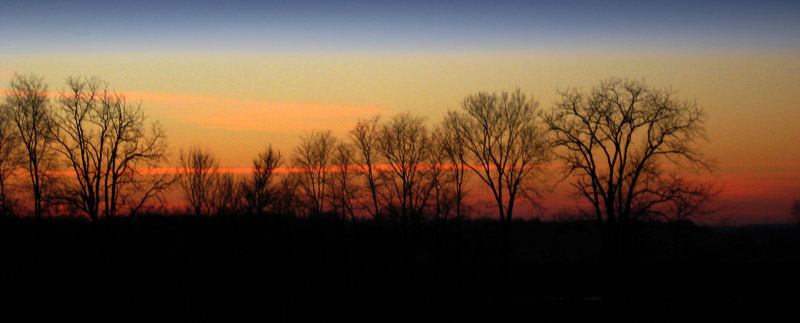Though five and a half hours long, Red Cliff contains suspense and fascination in every minute. Detailed battle scenes are followed by breathtaking depictions of nature and Red Cliff contains as much personal conflict as fighting. John Woo has included everything in this film: love, political strife, warfare, shrewd military strategy, espionage, poetry and a great appreciation of nature. The well-developed plot and characters are further enhanced by brilliant camera work as well as elaborate costumes and sets. The attention to detail is unrivaled.
This film has only two possible weaknesses. There are so many characters that the story is sometimes hard to follow, especially for non-Chinese audiences. However, some background information about the historical circumstances is given at the beginning at the film and the characters’ dialogue itself will often explain relationships and events. For anyone who is easily confused, five minutes of research before watching Red Cliff will clear up any perplexities.
Another small flaw is that Red Cliff focuses mainly on the lives of the upper class and military leaders. However, this is to be expected because the lower classes had little power to personally affect the outcome of the Battle of Red Cliffs. Nevertheless, peasants are shown several times and the film does feature a blossoming friendship between a princess and a peasant soldier.
One of the strengths of Red Cliff is how realistic it is. Red Cliff is not just a movie about brutality and warfare. It discusses the personal relationship between Sun Quan’s viceroy Zhou Yu and Yu’s wife Xiao Qiao as well as Xiao Qiao’s connections to Cao Cao. It reveals the inner workings of the political system of the collapsing Han Dynasty, led by Cao Cao. It portrays all the characters in Red Cliff as multidimensional and human. Generals in both armies are able to recite poetry as well as play music on instruments like the qin. Everyone has emotional moments and ultimately Red Cliff shows that war creates evil on both sides. One of the generals says at the end, “There is no victor here.”
Even the warfare depicted in this movie is interesting and intellectual. The battles are exciting but do not revel in death and gore. The military tactics used are ingenious and always discussed beforehand. Especially impressive is the “Tortoise Formation,” used by the southern allies to lure Cao Cao’s army into a trap. Red Cliff also focuses on the skill of individual warriors in battle as well as the cunning of Princess Sun Shangxiang, who infiltrates Cao Cao’s camp and learns valuable information.
The camera work in Red Cliff highlights important scenes by dwelling on the details, often for longer than usual. The actors’ emotions and actions are highlighted by the camera, which often gives a close up view of the actors’ faces. The detailed costumes and sets also contribute to making Red Cliff as realistic as it is. It does not skimp on the scenes involving many people nor on the many settings where the film takes place.
John Woo creates the perfect combination of intellectual and exciting in this action-packed yet complicated film. Red Cliff may be five and a half hours long, but it uses every minute well. Do not be put off by the length or historical setting of this film; it is well worth watching!

This comment has been removed by the author.
ReplyDelete